The sectarian nature of the struggle in Iraq may simply be the most convenient, available expression for social conflict.
The Sunni uprising in eastern Syria that is now merging with Iraq’s incipient civil war is becoming a Salafi-led insurgency, which is encompassing both countries under the banners of the Islamic State of Iraq and the Levant (ISIS). What Abu-Bakr al-Baghdadi, or Caliph Ibrahim, now calls the “Islamic State” had originated in the defunct Islamic State in Iraq (ISI) and the Mujahideen Shura Council. The quickly unfolding engagements demonstrate an unappreciated operational capacity on the part of ISIS and the evidence of Sunni populations failing to actively resist the group. These events are fundamentally changing the character of the Syrian Civil War and are engaging Iraq in a more overtly sectarian conflict.
Attempts by outside observers to view the war in Syria and the internecine violence in Iraq through separate lenses have proven as ill-conceived as efforts to view the conflicts in Afghanistan and Pakistan as compromising anything other than one theater. Iraq has been a serious player in the Syrian Civil War for nearly two years, with the Maliki government supporting an Iranian air bridge supplying weapons to the Assad regime, while Iraq surreptitiously emboldens Iraqi Shia Muslims to travel to Syria and fight for Bashar al-Assad. The success of ISIS across western Iraq means there are fewer Iraqi Shia militias in Syria that are able to support the Assad government in its fight against the Sunni rebellion. Significant numbers of those Iraqi Shia fighters are leaving Syria to go home and defend the Shia heartland in Iraq’s south. This will complicate Iranian efforts to crush the Syrian revolt, as Tehran must now also provide arms and advice to Assad and Nouri al-Maliki.
A tactical consequence of these events is a window of perhaps two or three months, where the number of Iraqi Shia militias available to fight for Assad in Syria will further decrease. However, Hezbollah’s ability to fill the gap with Lebanese Shia fighters is still problematic. Even if Hezbollah attempts to mobilize Lebanon’s AMAL movement to buttress the Lebanese Shia expeditionary forces in Syria, this would still take time. AMAL have always been the lesser of Lebanon’s Shia militias, so whatever contribution they make is unlikely to reach Hezbollah standards. At the end of the day, and despite protests to the contrary, Hezbollah is now overextended in Syria. The question for Sunni militias in Syria is how they might exploit this opportunity. Yet the infighting and exhaustion among Salafi factions in Syria over the last year may make Sunni exploitation of this opportunity difficult.
The Prospect of Sectarian Civil War in Iraq
In Iraq, a fatwa (religious decree) by Ali al-Husayni al-Sistani calling able-bodied Shia men to arms in Iraq is genuinely significant, given his position as a “source of emulation” leading the Najaf Hawzas. The ayatollah is revered for his history of political moderation. While Sistani’s fatwa can be construed by scholar-jurists with nuanced understanding as a call to defend the Iraqi nation, the practical effects may be rather different. The Iraqi street is more likely to interpret it as legitimizing the mobilization of quiescent Shia militias and the establishment of new ones. What leaders want, even revered ones, and what their followers do are sometimes two different things.
The implosion of the Syrian and Iraqi states into warring factions is of much more than academic concern for Ayatollah Ali Khamenei … The fires now burning in Syria and Iraq may soon scorch the foundations of Khamenei’s house.
Sistani’s fatwa will ultimately result in a greater number of Shia militiamen who are ready to protect the Shia heartland in southern Iraq. It will eventually make more Shia fighters available for deployment to Syria once the Iraqi situation stabilizes. Yet Sistani’s decree may also have the unintended effect of accelerating the potential for a sectarian civil war across Iraq. The stage for such a conflict was furthered by Maliki’s systematic efforts to exclude Sunnis from public life in Iraq over the past several years.
However, it is now an open question over whether a demise of the Maliki government and a cosmetic change in Baghdad would limit the likelihood for such a sectarian conflict. That is because the problem is not simply Maliki. Rather, the issue lies in regional demographics and the legacy of Sykes-Picot boundaries. European colonial powers, acting much as they did in Africa, drew 20th century borders in the Near East, which intentionally divided ethnic and religious groups, and deliberately placed peoples with a history of inter-communal antagonisms together for the purpose of preventing colonial populations from resisting European rule. Jordan, for example, is even more artificial as a national state than Syria and Iraq. With Syria and Iraq, it is the borders that are colonial holdovers. With Transjordan, the whole concept of the nation-state was an amalgamation of colonial political maneuvers in search of a country. That said, such regional demographics and colonial legacies are not inevitable destinies; although they can be drivers of social antagonism.
The sectarian nature of the struggle in Iraq may simply be the most convenient, available expression for social conflict. Since decades of Baathist dictatorships prevented the development of civil institutions in Iraq and Syria that could openly articulate popular political preferences, other social institutions such as family, religion and tribe filled the roles. Therefore, the Iraqi conflict now described primarily in religious or sectarian terms may actually be more strongly anchored in political and social disputes that are merely fought under the guise of sect. While it is convenient to frame such clashes in sectarian terms, it should be understood that sect may merely be a mode to express underlying Iraqi social conflict rather than instrumental to such contests.
The Factions
The Iraqi-Syrian war is also precipitating a Sunni fratricide, as al-Qaeda-related Salafi formations fighting in Syria and Iraq are splintering badly. Multiple Salafi factions vie for power and operate as coalitions of networks that fight rivals across the entire ideological spectrum. The array of such contending factions include the Mujahideen Shura Council; the Army of Immigrants and Partisans; Jabhat al-Nusra; Kurdish Salafi groups like Jamaat Ansar al-Islam; Dagistani Jamaat; and Jaysh Muhammad. Additionally, foreign and indigenous jihadis encompass a range of actors, including European “war tourists” and thousands of prisoners released from Syrian and Iraqi jails following ISIS raids. Many of these prisoners can be legitimately described as mentally deranged criminals, exercising sociopathic behavior under an ISIS banner.
The complete array of jihadi fighters are perhaps better understood on their own terms rather than as a uniform category. Foreign jihadists are not all the same, just like indigenous Salafi jihadists. Such contending factions, including those incorporating criminal elements, make the claim to represent the piety of the Prophet Muhammad’s companions, while ruthlessly maneuvering for dominance. The time is long past when a figure like Ayman al-Zawahiri could even pretend to speak for Salafi jihadists fighting in Iraq and Syria.
… the problem is not simply Maliki. Rather, the issue lies in regional demographics and the legacy of Sykes-Picot boundaries. European colonial powers, acting much as they did in Africa, drew 20th century borders in the Near East, which intentionally divided ethnic and religious groups.
Jabhat al-Nusra, which had been Zawahiri and al-Qaeda’s “official” affiliate in the Syrian War, is now secondary to the more dominant ISIS under the titular leadership of Baghdadi. Even so, it would likely be a mistake to view Baghdadi as a “new” Osama bin Laden. The world has changed since that night in Abbottabad. The ability of someone like Baghdadi to be anything more than a notable among notables in the shifting coalitions of Salafi jihadists is challenging. A better way to think of ISIS is as an organization of Salafi factions rather than as a Salafi organization. Each of these Salafi factions has its own leader with varying degrees of loyalty to Baghdadi and some, like Abu Mohammad al-Jawlani, hold little if any loyalty.
The ballooning of ISIS-identified areas straddling the former Iraqi-Syrian border has been furthered in some places by the neo-Baathist and pseudo-Sufi Jaysh Rijal al-Tikrit al-Naqshbandi (JRTN) militias, which are believed to be affiliated with a Saddam Hussein-era general, Ibrahim al-Douri. These Baathist militias exhibit more robust military skills than most ISIS fighters, and are making what is likely temporary but, nonetheless, common cause with ISIS in some Sunni towns in Iraq to confront Maliki’s Shia-dominated army. There have been several clashes already between the JRTN and ISIS in Kirkuk and on the highway near Salah al-Din.
The real question is going to be the ability of ISIS to actually govern the Sunni towns in eastern Syria and western Iraq, which it now controls. Since the ISIS “conquest” of these towns was generally without sustained resistance, it is an open question as to how ISIS would fair if significant Sunni opposition develops, particularly in Iraqi towns where the group seeks to impose its own versions of sharia law. Chasing a hated Iraqi Shia army out of a Sunni town in Anbar is one thing. Incorporating Anbar into a caliphate is something else.
The Amalgamation of Civil Wars in Iraq and Syria
The amalgamation of civil wars engulfing both Syria and Iraq are manifesting according to the indigenous social dynamics on the ground. In some ways, all such rebellions are local. Consequently, outside powers from Saudi Arabia to Iran, who are attempting to influence the conflict through local proxies, are limited by these local conditions. The subtleties of the Syrian and Iraqi conflicts should be considered as neither wholly a series of indigenous civil wars, nor wholly a consequence of proxies in the service of outside powers. A better view may see the conflict as one where the engagement of external actors is framed within the social dynamics of local conditions.
While Western observers have been deservedly taken to task for complacency in understanding the organizational significance of ISIS, the situation is even more disastrous from an Iranian perspective. Iran had sought a status as an imperial regional power dominating adjacent countries through a combination of local Shia rulers, such as Iraq’s Maliki, and secular Shia-linked allies such as Syria’s Alawite Baathist government. Instead, Iran has seen a generalized Sunni uprising shattering the nearby countries, which it sought to influence as coherent national states. Tehran has also seen the emergence of a Sunni Kurdish state that is hostile to Iran, while the Islamic Republic is still unable to deploy any actual nuclear deterrent.
The implosion of the Syrian and Iraqi states into warring factions is of much more than academic concern for Ayatollah Ali Khamenei. Iran, beyond the central Iranian plateau, has its own plethora of ethnicities resistant to Tehran’s yoke, in addition to an enormous youth population bulge and tremendous over-urbanization. The fires now burning in Syria and Iraq may soon scorch the foundations of Khamenei’s house.
The views expressed in this article are the author’s own and do not necessarily reflect Fair Observer’s editorial policy.
Support Fair Observer
We rely on your support for our independence, diversity and quality.
For more than 10 years, Fair Observer has been free, fair and independent. No billionaire owns us, no advertisers control us. We are a reader-supported nonprofit. Unlike many other publications, we keep our content free for readers regardless of where they live or whether they can afford to pay. We have no paywalls and no ads.
In the post-truth era of fake news, echo chambers and filter bubbles, we publish a plurality of perspectives from around the world. Anyone can publish with us, but everyone goes through a rigorous editorial process. So, you get fact-checked, well-reasoned content instead of noise.
We publish 2,500+ voices from 90+ countries. We also conduct education and training programs
on subjects ranging from digital media and journalism to writing and critical thinking. This
doesn’t come cheap. Servers, editors, trainers and web developers cost
money.
Please consider supporting us on a regular basis as a recurring donor or a
sustaining member.
Will you support FO’s journalism?
We rely on your support for our independence, diversity and quality.




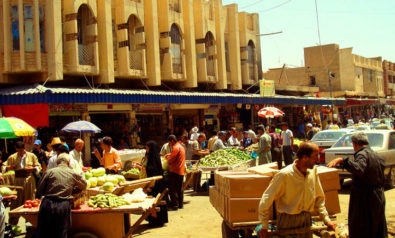
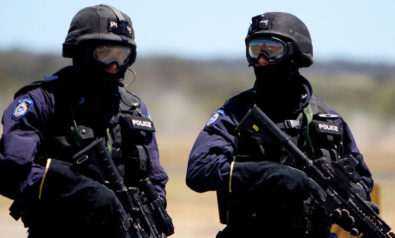

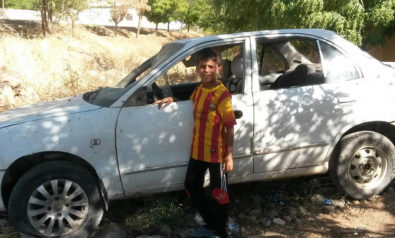
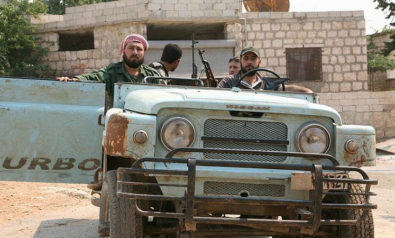
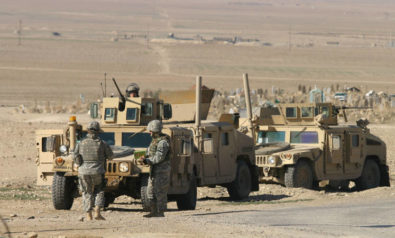
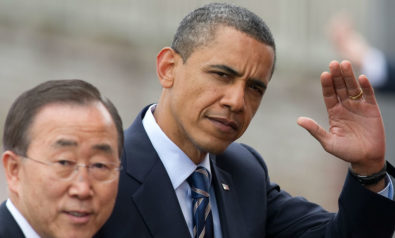

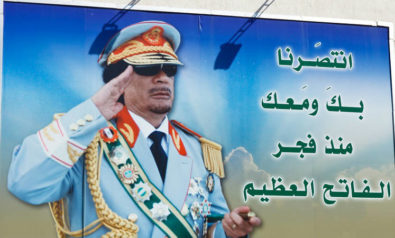


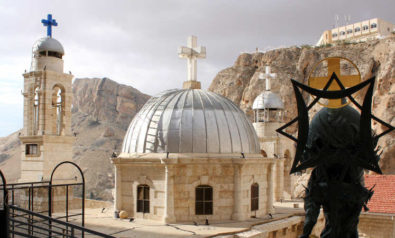


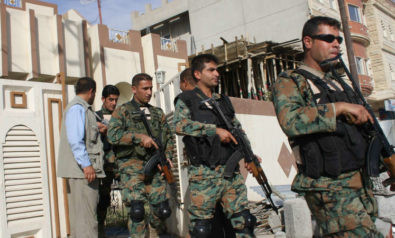
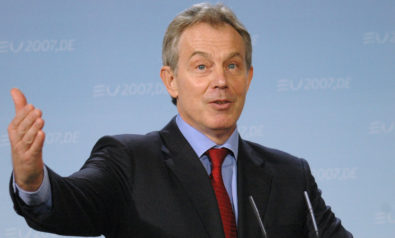
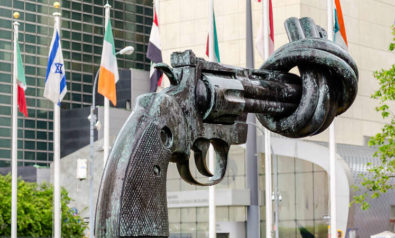

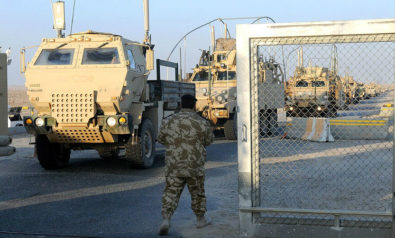




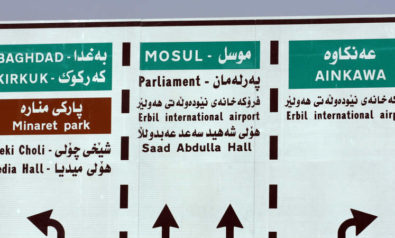
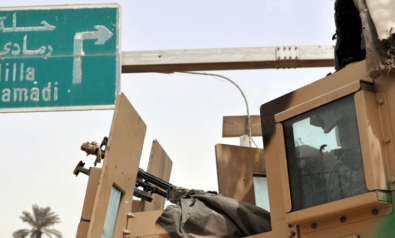


Comment